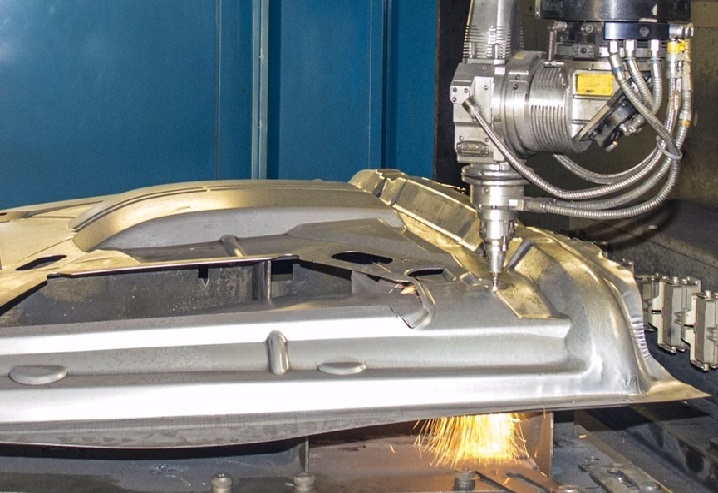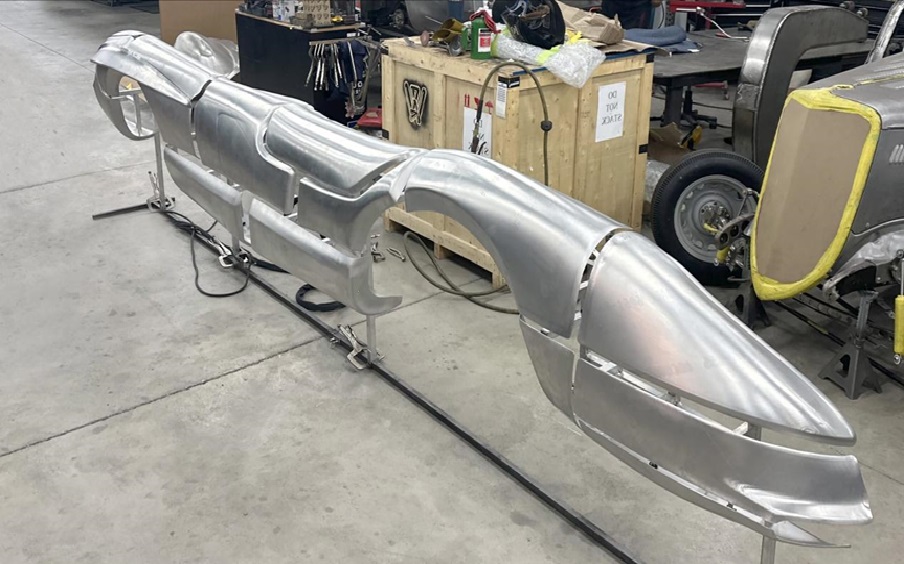As the automotive industry faces increasing pressure to reduce carbon emissions and meet stricter fuel efficiency standards, manufacturers are turning to innovative methods to make vehicles lighter and more fuel-efficient. One of the key processes driving these advancements is sheet metal fabrication.
This critical manufacturing technique is playing a pivotal role in producing lighter, stronger, and more aerodynamic vehicle components that significantly improve fuel efficiency in modern cars.
Vehicle Weight and Fuel Efficiency: An Analysis
One of the main things influencing fuel efficiency is the weight of the vehicle. Cars that are heavier need more force to move, which increases fuel use and emissions. As a result, reducing the weight of a vehicle is an effective strategy to enhance fuel efficiency. However, this weight reduction must be achieved without compromising the structural integrity, safety, or performance of the vehicle.
This is where sheet metal fabrication comes into play. By utilizing advanced materials and cutting-edge fabrication techniques, automotive manufacturers can create lightweight yet durable components that contribute to better fuel economy.
Lightweight Materials in Sheet Metal Fabrication
The trend for lighter automobiles has resulted in a rise in the sheet metal fabrication industry’s use of lightweight metals such as magnesium, high-strength steel, and aluminum.These materials offer the strength required for vehicle components while reducing overall weight, making them ideal for improving fuel efficiency.
- Aluminum: One of the most popular materials in automotive sheet metal fabrication, aluminum is lightweight and resistant to corrosion. Its use in body panels, engine components, and suspension parts helps reduce vehicle weight, leading to better fuel economy. Aluminum is an environmentally friendly material because it is also highly recyclable.
- High-Strength Steel: While traditional steel is heavy, high-strength steel alloys provide excellent strength-to-weight ratios. These alloys allow manufacturers to reduce the thickness of components like chassis and structural parts, decreasing the vehicle’s overall weight without compromising safety.
- Magnesium: As one of the lightest structural metals, magnesium is gaining traction in the automotive industry. It is primarily used in components such as engine blocks, steering columns, and transmission cases, all of which benefit from reduced weight.
Precision in Sheet Metal Fabrication Enhances Aerodynamics
In addition to weight reduction, sheet metal fabrication also plays a critical role in improving vehicle aerodynamics. A car’s aerodynamic efficiency determines how easily it moves through the air, directly impacting fuel consumption. Ineffective aerodynamics create drag, which makes the engine run longer and consume more gasoline.
Advanced fabrication techniques, such as laser cutting and robotic welding, allow manufacturers to produce smooth, streamlined body panels and other components with high precision. This ensures that the vehicle’s exterior design is optimized for reduced drag, contributing to better fuel efficiency.
Moreover, custom-designed sheet metal parts can be fabricated to fit perfectly with minimal gaps between panels, further improving the aerodynamics of the vehicle. This level of precision helps manufacturers meet modern fuel efficiency standards while maintaining the aesthetic appeal of their designs.
Fuel Efficiency and Electric Vehicles
The rise of electric vehicles (EVs) has further emphasized the need for lightweight materials in sheet metal fabrication. While EVs don’t rely on traditional fuel, their energy consumption is still closely tied to the vehicle’s weight. A lighter electric car requires less energy from its battery to travel the same distance, which extends the vehicle’s range on a single charge.
In response, automakers are increasingly turning to sheet metal fabrication techniques to produce lighter EV components. From battery enclosures to electric motor mounts, the use of lightweight, fabricated parts is critical for optimizing the energy efficiency of electric vehicles.
Sustainable Manufacturing Processes
In addition to improving fuel efficiency through lightweight materials and better aerodynamics, sheet metal fabrication is also becoming more sustainable. Technological developments in fabrication, such as computer-controlled machining and laser metal cutting, lower energy and material waste. In addition to reducing the production process’s negative environmental effects, this helps automakers save money.

In addition, a lot of the metals used to fabricate sheet metal, like steel and aluminum, are very recyclable. By reusing scrap metal from the fabrication process, automakers may further minimize the carbon footprint of the industry and cut down on the requirement for raw materials.
Future Trends in Sheet Metal Fabrication for Fuel Efficiency
As the automotive industry continues to evolve, sheet metal fabrication will remain a cornerstone of efforts to improve fuel efficiency. Some of the key trends to watch include:
- Additive Manufacturing (3D Printing): While traditionally associated with plastics, 3D printing is increasingly being used for metal parts. Manufacturers can now create intricate, lightweight components that would be challenging to make using conventional techniques thanks to this technology. 3D-printed metal parts can reduce vehicle weight and improve fuel efficiency.
- Advanced Composites: In addition to metals, there will likely be a greater use of composite materials in sheet metal production processes, such as carbon fiber-reinforced plastics. These materials offer an exceptional strength-to-weight ratio, making them ideal for reducing vehicle weight and improving fuel economy.
- Automated Fabrication: The use of robotics and AI-driven systems in sheet metal fabrication is set to grow, allowing for even greater precision and efficiency in the production of lightweight automotive components.


